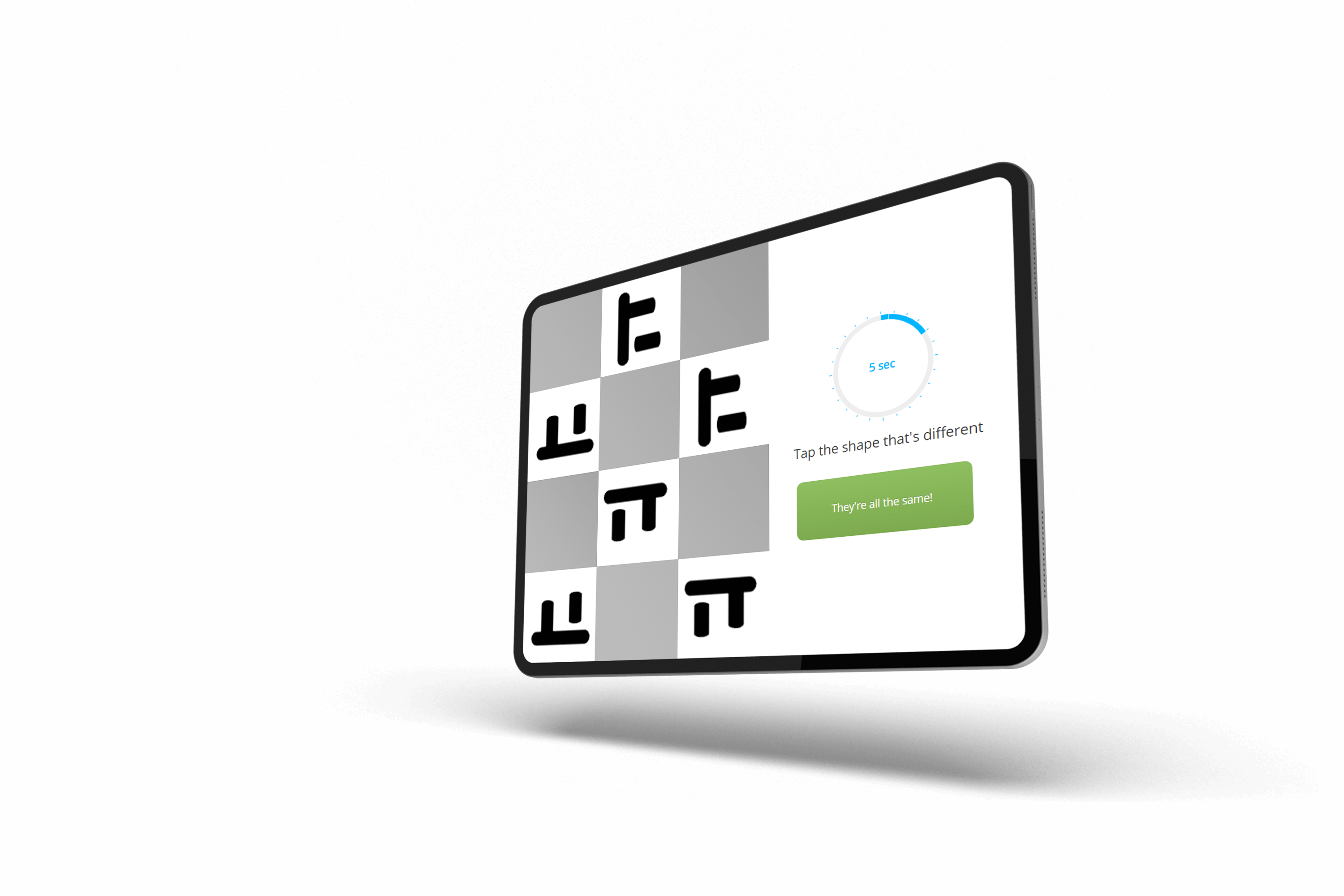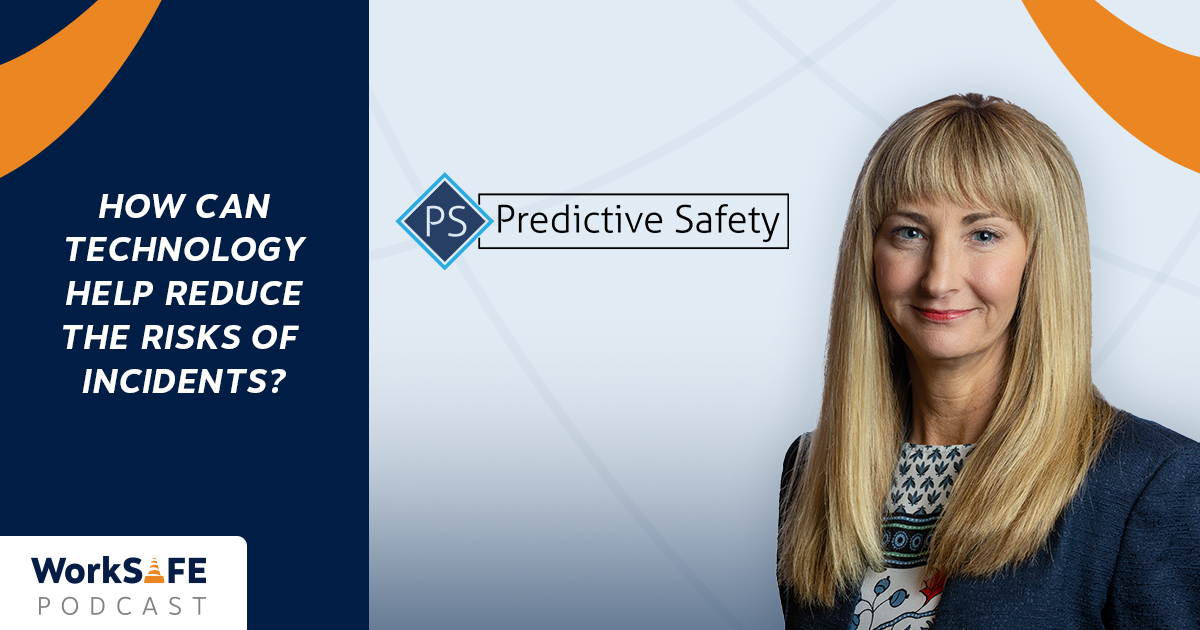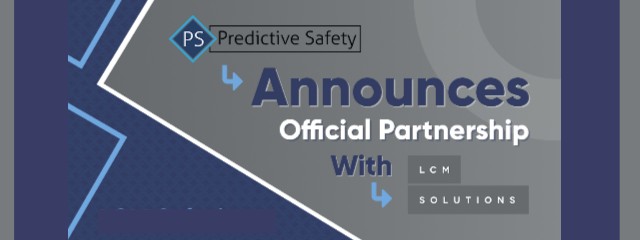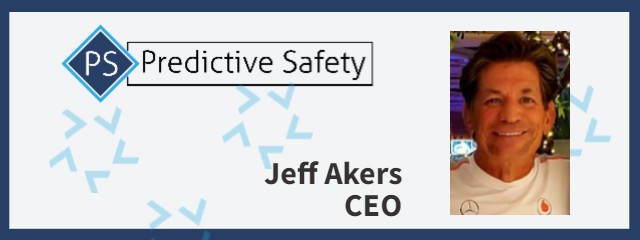A Supervisor’s Plight
Mitchell, a foreman for a large construction and engineering company, supervises a crew of about fifty workers. He remembers the names of only a few of his crew, not because he doesn’t care, but because most come and go so quickly that he doesn’t have time to develop rapport with them. Another challenge is the overall experience of the crew is diminishing, with fewer and fewer having more than passing experience in this kind of work if any.
Clearly, Mitchell’s job is growing more challenging.
Mitchell also knows that companies in the industry are beginning to experience a shortage in available skilled labor. Given that there has been a general lack of experience among the new hires in his ever-changing crew, he is experiencing first-hand that his own company is experiencing the same skilled labor shortage.
Unless something changes, he expects his thirty-person crew to be a twenty-person crew before long. And then, maybe a fifteen- or even ten-person crew. And that point, the nature of the work if not the entire business would need to change significantly… if it can even survive.
New Awarenesses
Fortunately, Mitchell’s company is implementing positive changes. The change started when the company identified that the high turnover rate and skilled labor shortage were likely connected to two things: the company’s lack of practical fatigue management, and their zero-tolerance drug testing policy.
Because company leadership better understood the need for a fatigue program, they began measuring both production and incident numbers against the time of day. They found incident rates were much higher at night, and average production was lower at night than during the rest of the day. Plus, production dips were seen during the mid-afternoon and before dawn. Leadership learned that these times of day are when the workers’ circadian rhythms are at their lowest, meaning energy levels have naturally dropped and people often feel drowsy. Obviously, drowsy, non-alert employees had contributed to lowered production, and more seriously, contributed to a less-safe work environment that allowed for an elevated number of incidents.
Additionally, company management saw that the zero-tolerance drug policy had become incompatible with the hiring process as soon as marijuana became legally available in their area. For years, the company had viewed drug testing as a safety measure that kept drug-impaired employees from creating a safety risk. But the company had to acknowledge that drug tests have an extremely limited scope as a way of detecting an impaired employee. Many impairing substances, like medications, or impairing circumstances, like fatigue or illness, go undetected.
The original idea behind using pre-employment drug testing was to screen out users of hard drugs like methamphetamine, crack cocaine, heroin, and so on. But positive tests for hard drugs like these had always been quite rare, suggesting that serious addicts do not make up a notable percentage of their qualified job applicants. Instead, company management noticed a growing trend of turning away otherwise qualified candidates because marijuana was detected in pre-employment drug screens. Knowing that a positive test for marijuana is not an indicator of current intoxication–and also knowing that it would become difficult to discriminate against employees for engaging in behavior that is not illegal–company management wanted to investigate alternatives that could identify drug-related impairment more directly.
Company leaders charged their safety pros with identifying a solution that could allow supervisors and employees to manage fatigue and reduce fatigue-related impairment risk. They also sought a solution to the human resources problem that their zero-tolerance policy had exacerbated. Their search brought them to Predictive Safety’s website.
An Insightful Solution
Recently, Mitchell’s company introduced the AlertMeter® fit-for-duty program to its workforce. Within a few days, all members of Mitchell’s crew had established their alertness baselines, and now they are using AlertMeter® in earnest. Mitchell takes the AlertMeter® test too, and he has begun to appreciate what his test performance tells him about his cognitive state. He has also noticed his crew appreciating the routine of taking the test, especially because one test lasts only a minute or so. Mitchell is beginning to understand how AlertMeter® allows him to better observe the employees he supervises: because he has limited face time with most of his employees during a given shift, it is impractical if not impossible for him to take account of each employee’s mental states. Now, AlertMeter® does that for him.
Yesterday, Mitchell received his first notification that an employee scored abnormally on the AlertMeter® test. Keeping in mind the company’s policies, Mitchell spoke with the employee privately to learn about his state of mind and determine the best course of action for safety’s sake. Somewhat embarrassed, the employee admitted to having been up late because the family dog had a medical emergency, so he had an inadequate amount of sleep before the morning shift. In this instance, Mitchell was able to reassign the employee to different, low-risk duties for the morning, and suggested the employee have a cup of coffee to increase his alertness and get high-protein snacks like seeds and nuts from the vending machine to boost his energy levels. The employee was also required to re-take the AlertMeter® test again later that day. When the employee scored normally, Mitchell allowed him to return to regular duties.
Mitchell was able to see how AlertMeter® notifies him of a high-risk employee that otherwise probably would have gone unnoticed. Because the employee’s alertness was compromised by lack of sleep, his presence in a safety-sensitive work area could have led to an accident. Because Mitchell was able to manage the situation, the day’s production was not hindered and safety risk was reduced.
Mitchell’s company is early in its journey to positively transforming its daily safety performance and creating a more robust culture of safety that is focused on prevention. Given the experience he’s already had, Mitchell is excited about how AlertMeter® can affect safety and productivity for his company long term.
Safer, More Productive Shifts Can Start Today
Request a no-obligation Discovery Meeting, and a member of our team of fatigue-risk mitigation experts will walk you through this revolutionary technology so you can run safer, more productive shifts.
Fill out the form below, and we'll follow up to:
- Ask a few additional questions about your situation
- Understand your scope and timeline
- Determine if there's a good fit
- Schedule your Discovery Meeting
"*" indicates required fields











